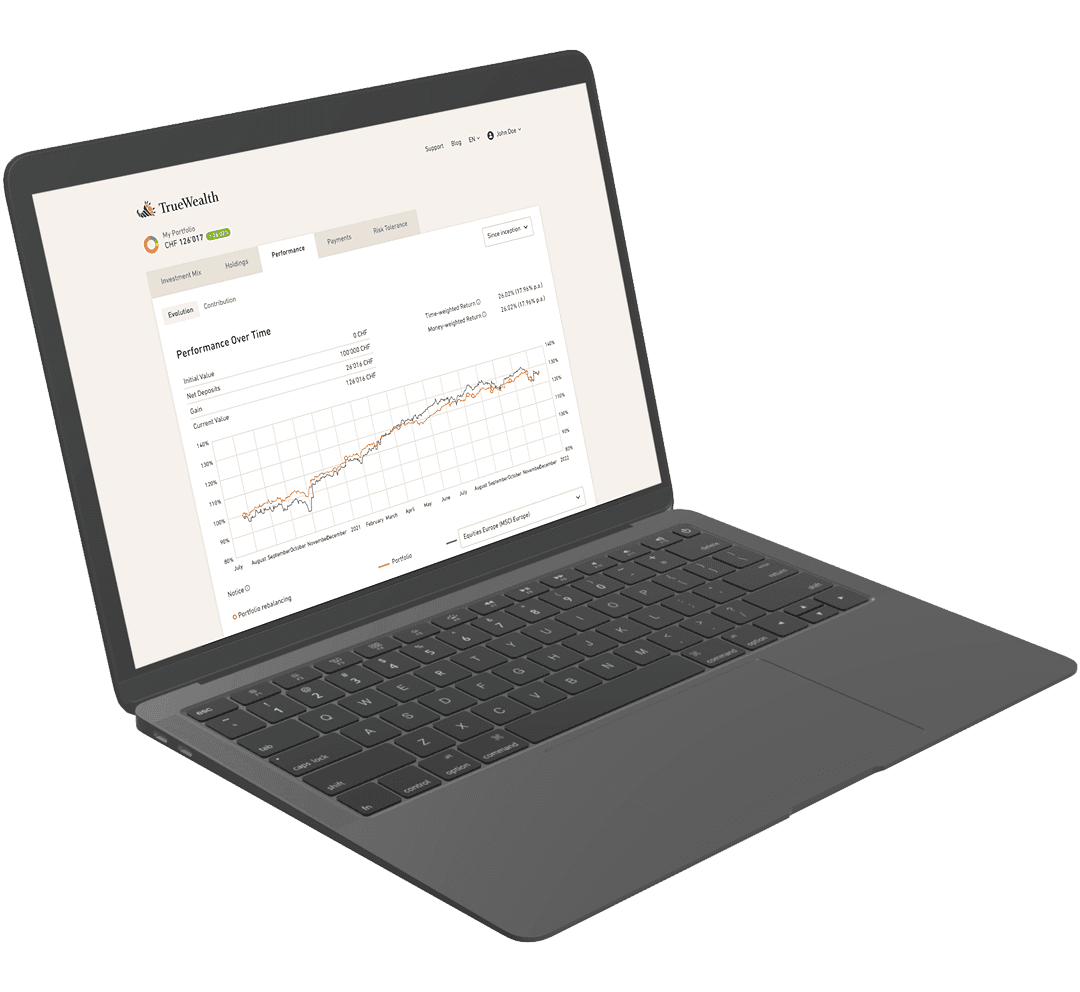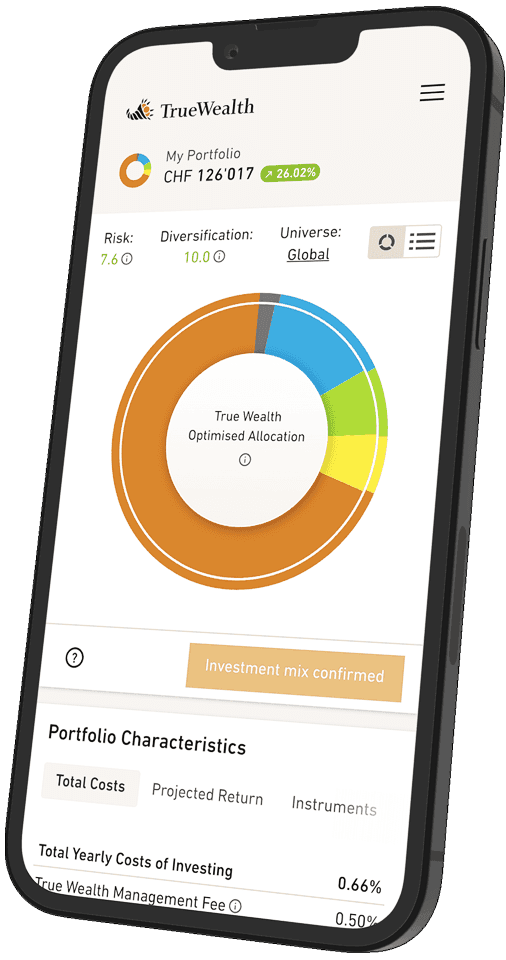#47 Actively managed ETFs: what you need to know
Actively managed ETFs are currently experiencing a real boom in the US. They are also being marketed more and more in Switzerland. But what is behind this trend? And what should you look out for if you are offered an ETF of this kind?
ETFs – popular, inexpensive, passive
ETFs (exchange-traded funds) are enjoying great popularity. No wonder: they are inexpensive, transparent and can be traded on the stock exchange like shares. Traditional ETFs track an index as closely as possible – for example, the SMI or the S&P 500. Their aim is not to beat the market, but to replicate it as accurately as possible. Thanks to largely automated processes, these passive ETFs are very inexpensive, with annual fees usually below 0.2 percent.
The success of these products has left a clear mark on the financial world. More than USD 15 trillion is now invested in ETFs worldwide – more than ten times the total assets of Swiss pension funds. For the traditional fund industry, this means growing pressure to adapt.
What is an active ETF?
Unlike passive ETFs, active ETFs are managed by a fund manager who decides which securities are included in the fund. The aim is to outperform the market. In technical terms, this is known as achieving «alpha». It sounds promising and appeals to our desire for above-average returns.
But the reality is sobering: in the long term, very few fund managers actually succeed in beating the market. And the longer the observation period, the smaller the proportion of successful managers.
Why now?
As is so often the case, the trend toward active ETFs originated in the US. Major providers such as JPMorgan, Blackrock, and State Street are already on the market with corresponding products. Even hedge fund giants such as Ray Dalio now offer their strategies as active ETFs. This development shows that actively managed ETFs primarily represent a new sales opportunity for fund companies. They are leveraging the good reputation of ETFs to place their strategies on digital platforms and with online brokers.
Active or passive – which is better?
Even though actively managed ETFs are cheaper than traditional active funds, a fundamental problem remains: after fees are deducted, most of them underperform the index in the long term. Fund companies often only show potential investors the products that have performed well recently – a distorted picture that can lead to false expectations.
Conclusion: remain vigilant
The trend toward active ETFs should not be ignored, as high fees often mean a high marketing budget. It is quite possible that such a product will soon be made attractive to you. In this case, it is important to be well informed and remain critical.
Are you currently invested in active funds and thinking about switching? Or do you already have experience with active ETFs? If so, feel free to send me an email – I look forward to hearing from you.
About the author

Founder and CEO of True Wealth. After graduating from the Swiss Federal Institute of Technology (ETH) as a physicist, Felix first spent several years in Swiss industry and then four years with a major reinsurance company in portfolio management and risk modeling.

Ready to invest?
Open accountNot sure how to start? Open a test account and upgrade to a full account later.
Open test account